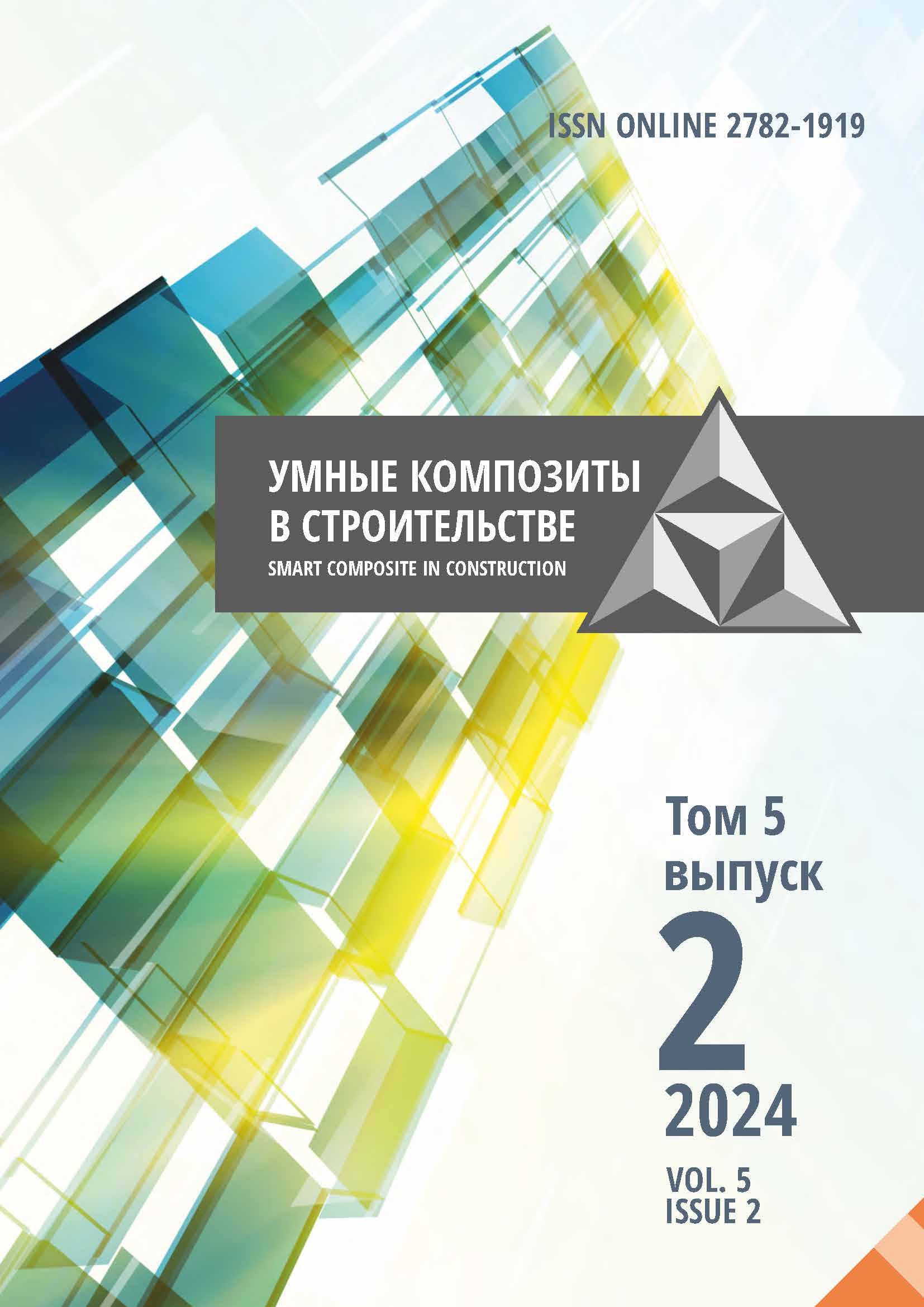Yaroslavl, Yaroslavl, Russian Federation
Derbent is the southernmost and the most ancient city of Russia. Extensive archaeological studies confirm the 5,000-year history of the city, which has been a UNESCO World Heritage Site since 2003. Being an ‘open-air museum’, it has many architectural objects that have not yet been fully explored. The article analyses historical and cultural sources. The purpose of the paper is to analyse the objects related to water resources of medieval Derbent and to identify their significance in relation to the organisation of architectural and socio cultural space. The author pays much attention to the description of urban water bodies that have survived to the present day. The water facilities examined show that the architectural style and materials used for construction created a unified environment and were part of the organisational planning of the city's development.
medieval Derbent, architectural environment, socio-cultural space, water facilities, hamam, fountains
1. Pavlov, N.L. (2017). Water source as a semantic centre of architectural space. AMIT, 2 (39). Available at: https://cyberleninka.ru/article/n/istochnik-vody-kak-smyslovoy-tsentr-arhitekturnogo-prostranstva (accessed 15.03.2023) (in Russian).
2. Khan-Magomedov, S.O. (1979) Derbent. Mountain Wall. Auls of Tabasaran. Moscow: Iskusstvo. 1979 (in Russian).
3. Shikhsaidov, A.R. (1971) Arab sources of IX-X centuries about Dagestan. At-Tabari. History of prophets and kings. Makhachkala, Russia (in Russian).
4. Bulagi of Derbent. Derbent Museum Reserve [online]. 2024. Available at: URL: https://derbentmuseum.ru/news/bulagi-derbenta/ (accessed 22.03.2023).
5. Kudryavtsev, A.A. (1994). Muslim city of Dagestan. Dag. book publishing house, Makhachkala, Russia (in Russian).
6. Gasanova, M.N. (2006) Interaction of religious and secular in the spiritual culture of Derbent. Ph. D. Thesis. Makhachkala, Russia (in Russian).
7. Inozemtseva, E.I. & Kidirniyazov, D.S. (2019) ‘Eternal city’ at the crossroads of civilisations and epochs: touches to the historical retrospective of the cultural heritage of ancient Derbent as a site of interethnic interaction. Kul'turnoe nasledie Severnogo Kavkaza kak resurs mezhnatsional'nogo soglasiya: sb. nauch. st. po itogam mezhdunar. nauch. foruma [Cultural heritage of the North Caucasus as a resource of interethnic harmony: a collection of scientific articles based on the results of the international scientific forum], Heritage Institute, Kabardinka, Gelendzhik, 10-13 October 2019. Moscow: Institut naslediya, pp. 378-389 (in Russian).
8. Kyurebekova, M.N. (2023) Architectural environment as a concept of the city (on the example of medieval and modern Derbent), Smart Composite in Construction, 4(1), pp. 81-90 [online]. Available at: https://ystu.editorum.ru/ru/nauka/issue/5045/view (in Russian).
9. Gavrilina, T.O. (2019) Sociocultural space of the city: structure, functions. Vestnik Surgutskogo gosudarstvennogo pedagogicheskogo universiteta [Bulletin of Surgut State Pedagogical University]. 2(59), pp. 196-205 (in Russian).
10. Kyurebekova, M.N. (2023) Semiotic gate space in the architecture of Derbent, Smart Composite in Construction, 4(4), pp. 75-88. Available at: https://comincon.ru/ru/nauka/issue/5048/view (accessed 10.02.2024) (in Russian).







